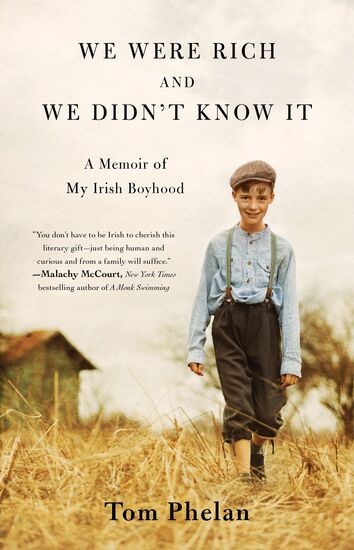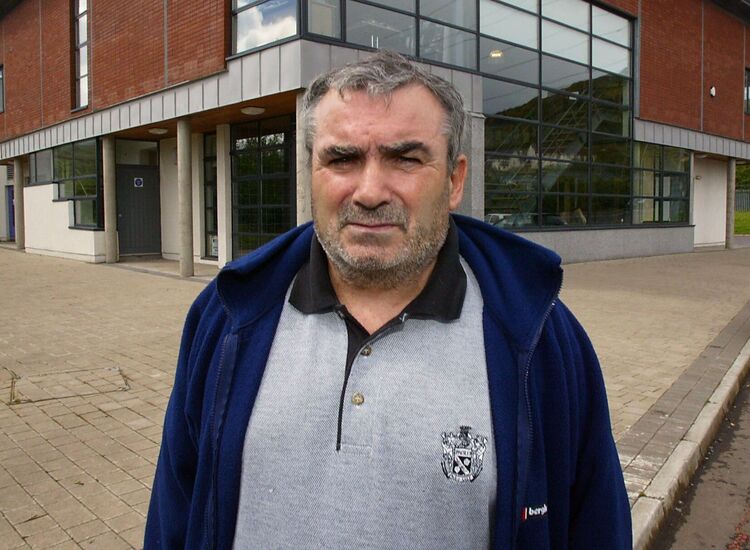By Peter McDermott
The immigrants built and continue to build New York City. Few, though, if any, have had quite the impact on how it looks than Kevin Roche.
Not that the world-renowned architect set out to be an emigrant. “I was really just going to graduate school,” Roche said from his office in Hamden, Conn.
He recalled that when he went to get his visa at the American consulate in Dublin, the official asked if he wanted a green card. “I didn’t know what a green card was and he said: ‘We’ve got lots. You might as well have one.’”
That was almost 64 years ago. After a year at graduate school at the Illinois Institute of Technology (he’d also been accepted at Yale and Harvard) he applied to work with the Finish-American architect Eero Saarinen in New York.
It was the beginning of a glittering and extraordinary career, one that is being acknowledged at the Museum of the City of New York exhibit “Kevin Roche: Architecture as Environment” showing through Feb. 6.
He hasn’t stopped since those immediate post-war years. “These days it’s just five days a week, sometimes six,” said Roche, who is currently working as always on multiple projects.
His resume for recent years includes the Lafayette Tower, Washington DC, and the Dublin Conference Center in the city of his birth (both projects took four years to completion in 2009).
Roche was raised in Mitchelstown, Co. Cork, where his father was the manager of the country’s largest and most famous creamery. “He was the one who got Galtee Cheese and all that stuff started,” he said.
The idea for Roche’s own career took root at the Holy Ghost Fathers’ boarding school in County Tipperary. “People didn’t know what an architect was in those days. But I went to Rockwell, and happened to get interested in some books in the library,” he remembered.
After graduation from University College Dublin, he had stints working with Maxwell Fry in London and with Michael Scott in Dublin
“When I was in Chicago I decided I’d like to work at the United Nations,” said Roche, who is married and has five children and 12 grandchildren.
In the 1950s, he became head of design at Saarinen’s firm and when he died, Roche and his colleague John Dinkeloo completed his projects. The two men renamed the firm Kevin Roche John Dinkeloo and Associates. (It retains the name more than 30 years after Dinkeloo’s death.)
In 1981, Roche became the fourth winner (Philip Johnson was the first) of the Pritzker Prize, which is given to a living architect “whose built work demonstrates a combination of those qualities of talent, vision and commitment, which has produced consistent and significant contributions to humanity and the built environment through the art of architecture.”
He was awarded the Gold Medal Award from the American Academy of Arts and Letters in 1990, and the AIA Gold Medal awarded by the American Institute of Architects “in recognition of a significant body of work of lasting influence on the theory and practice of architecture."
In the large-format book accompanying the exhibit, which began at Yale and will likely travel to Ireland, Eeva Liisa Pelkonen calls Roche “ an architect of unpredictable structures for unpredictable times”
She adds: “Roche’s cerebral approach to design is based on the belief that an architect cannot rely solely intuition but must gather all available information before proceeding with a design.
“One of Roche’s major contributions has been the introduction of research-based design methods that acknowledge the dynamic forces shaping the built environment of the post-industrial world.”
But Pelkonen also attributes his success to his ability to communicate his ideas: “Whether Roche is in a boardroom, at a public meeting, or in a television studio, his oratorical skills are second to none, helping to explain why he has been able to persuade clients to accept and execute designs that, in may cases, have drastically challenged existing architectural conventions and paradigms.”









